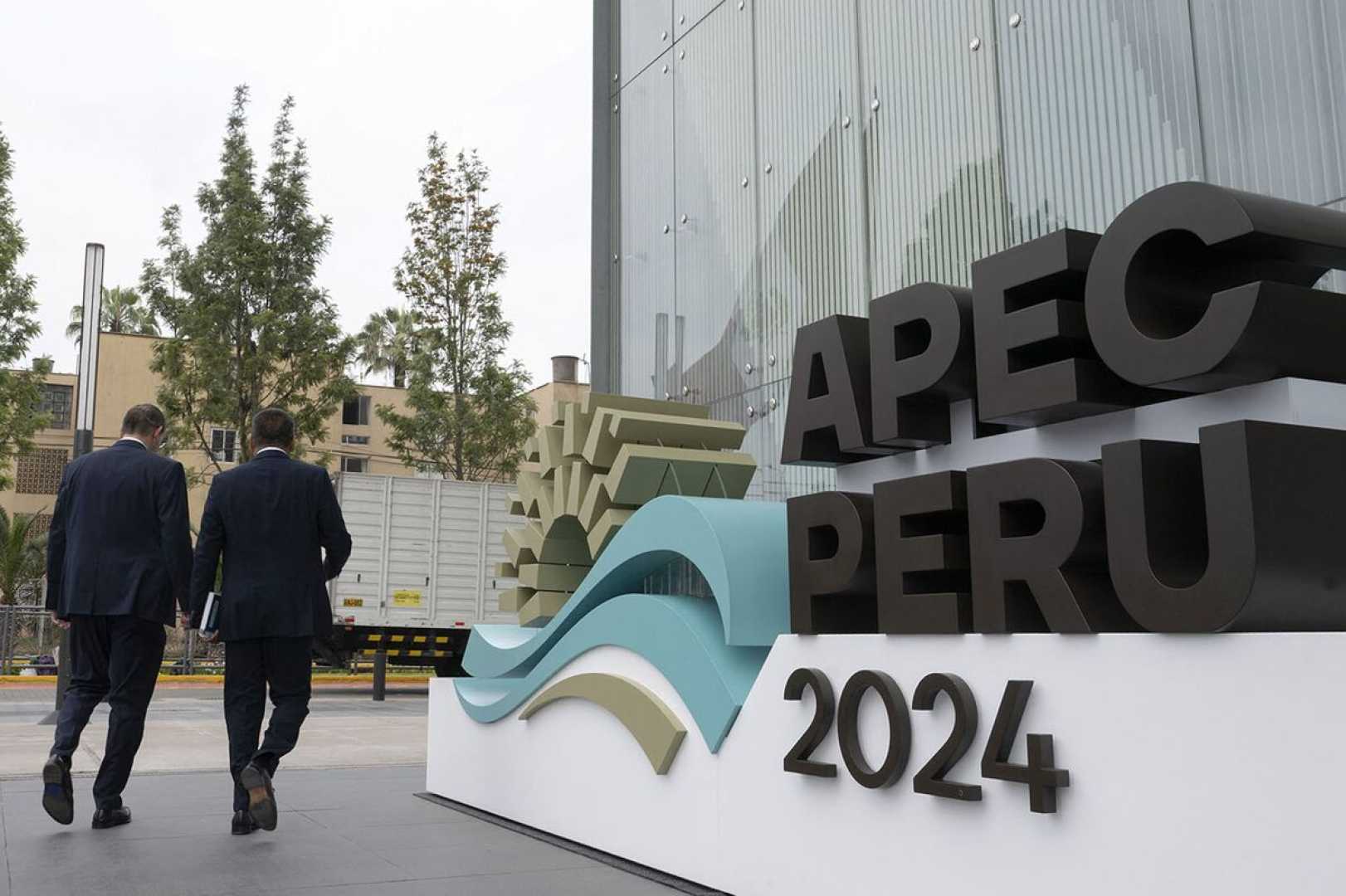News
APEC Summit in Peru Concludes Amidst Global Economic and Political Tensions

The Asia-Pacific Economic Cooperation (APEC) forum concluded its two-day meeting in Lima, Peru, on Saturday, marked by a mix of diplomatic gestures and underlying tensions. The summit, attended by 21 leaders from economies bordering the Pacific, including U.S. President Joe Biden, Chinese President Xi Jinping, and Japanese Prime Minister Shigeru Ishiba, focused on strategies for robust economic engagement but often remained at the level of platitudes.
One of the notable moments of the summit was the traditional APEC family photo, where Biden’s late arrival created a brief awkwardness. The leaders, all wearing bark-hued wool scarves from Peru, waited for several minutes before Biden joined them at the far back corner of the stage. In contrast, Chinese President Xi Jinping took a prominent position front and center, reflecting his strong advocacy for globalization during the summit.
Xi Jinping’s presence was further highlighted by his inauguration of a massive $1.3 billion megaport in Peru, a move seen as a significant economic gesture. He used his speeches to reject protectionism, a stance that contrasts with the incoming U.S. President Donald Trump‘s vows to withdraw the U.S. from its leadership in global free trade agendas.
President Biden also met with Peruvian President Dina Boluarte during the APEC Leaders’ week, a meeting that was part of his final major global engagements as U.S. President. This meeting was one of several high-level interactions Biden had during the summit, including a scheduled meeting with Xi Jinping later on Saturday, their third and final meeting during Biden’s tenure.
The APEC summit this year was overshadowed by the heightened trade and security rivalry between the U.S. and China, setting a complex stage for future economic and diplomatic relations in the region).












